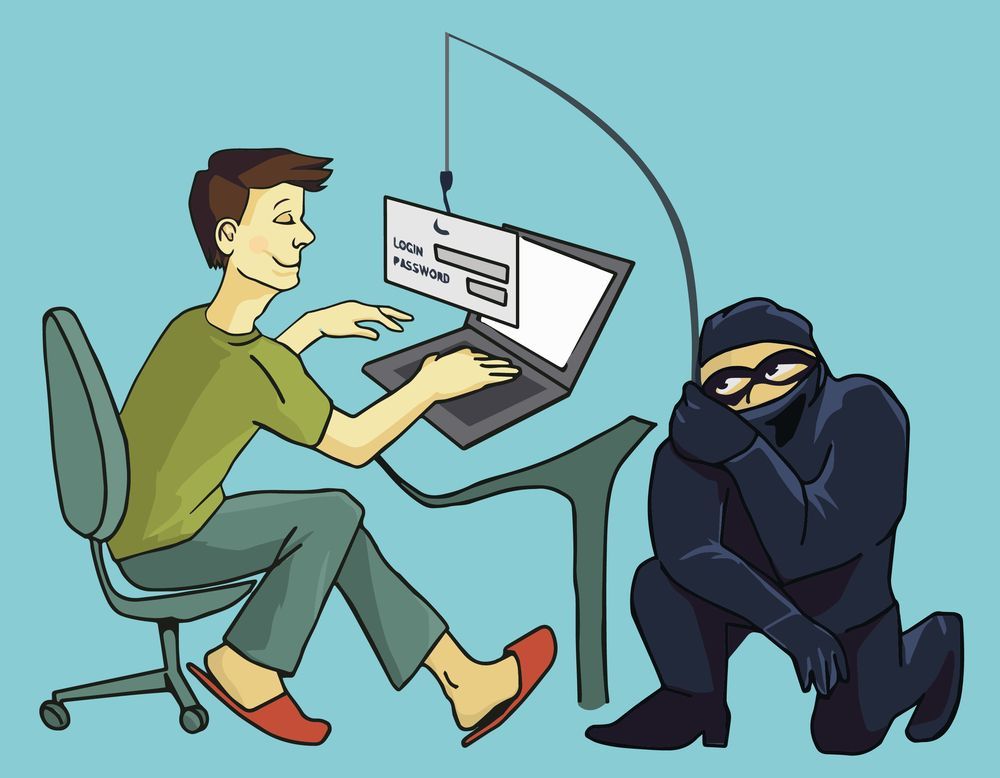Curating a Framework To Defend Against Phishing Attacks
Many businesses are facing challenges in dealing with phishing attacks. Here’s an insightful read to defend against phishing attacks and improve your business.

Many businesses are facing challenges in dealing with phishing attacks. Here’s an insightful read to defend against phishing attacks and improve your business.
Introduction
While the internet has become the second home for most of us amid the global pandemic, it’s high time everyone should get to grips with the increasing number of cyber-attacks. According to reports, around 532 brands were targeted by phishing attacks, up from 333 in the preceding year.
Phishing is a widespread issue that is posing a huge risk to businesses and individuals as cybercriminals are finding new ways to breach security and gain access to confidential information. Besides the fact that the number of these attacks is not going to decline any soon, enterprises must enhance their first line of defense.
Let’s have a quick look at some of the crucial aspects every business must ponder to ensure they’re less susceptible to different types of phishing attacks.
1. Use Passwordless Authentication
The biggest problem with passwords and login credentials is that they can be easily guessed, hacked, or even coerced out of users through different phishing or social engineering attacks. Businesses need to understand the importance of passwordless login solutions that can enhance the overall security of their employees and consumers.
A passwordless login enables a user to directly log in to a network without the need to enter the password by simply clicking on a link received on the registered email or mobile number. This helps organizations to enhance the security as most phishing attacks are a result of poor credential management (at the website end) or a human error while entering the credentials to gain access.
2. Install an Anti-Phishing Toolbar
Most of the popular internet browsers provide the ease of integration of third-party toolbars. Organizations can ensure that office systems have anti-phishing toolbars installed in the web browsers. These toolbars can quickly analyze a website that a user explores and compares it to the list of known risky websites and further alerts the user to take an action accordingly.
Even if there’s a malicious attack from the website’s end, the toolbar will alert the user. This adds one more layer of defense to an organization’s overall security.
3. Securely Browse With HTTPS
Using a secure website, wherever possible, is the basic step towards safeguarding your identity and personal details against fraudsters. A website’s domain beginning with HTTPS:// along with a security “lock” in the web browser indicates that a website is safe to browse and submit personal details.
Make sure your employees are browsing secure websites on the company network, especially if they’re sharing their personal details such as credit card numbers or phone numbers. Furthermore, ensure that none of your employees are using a public network to connect to the internet. For instance, alert your employees to avoid using free Wi-Fi networks in a café or any other public place.
4. Train Employees Regarding the Latest Phishing Trends
One of the best frameworks to defend against the surging number of phishing attacks is to train your employees regarding the latest trends in phishing. As per the security experts, the biggest loophole in an organization’s overall defense system is the uninformed employees. If our employees aren’t aware of several kinds of phishing attacks, they could easily fall prey to attackers that are consistently on a hunt for new targets.
While training should be a mandate for every new employee in a company, frequent training sessions for other employees must be organized to ensure they’re well-versed with the latest cyber scams that can increase security risks. It’s highly recommended to consider simulated phishing and security awareness training for everyone within the organization.
5. Limit User Access to High-Value Data
Access management is yet another powerful way to minimize phishing attacks that may result in unauthorized access to a company’s confidential data. Most of the attackers are looking to sneak into an organization’s network to gain access to critical data, which they can exploit.
Since the majority of phishing and malware attacks are a result of human error, restricting your employees to access particular resources or data inside a network can be of great help. Organizations can set access permissions to a diverse group of employees in the senior management and restrict the same for the ones who hardly require access as a part of their job.
Conclusion
Protection against ever-evolving cyber-attacks requires a robust training program for the employees of a particular organization. Employers must invest in the training of their workers, which affects the overall line of defense in the long run.The aforementioned aspects can help enterprises in preventing data & privacy breaches by minimizing phishing attacks.
Originally published at Dzone



